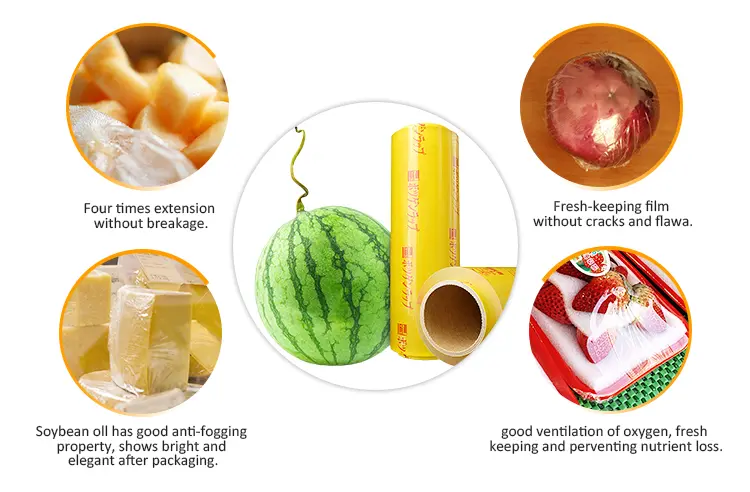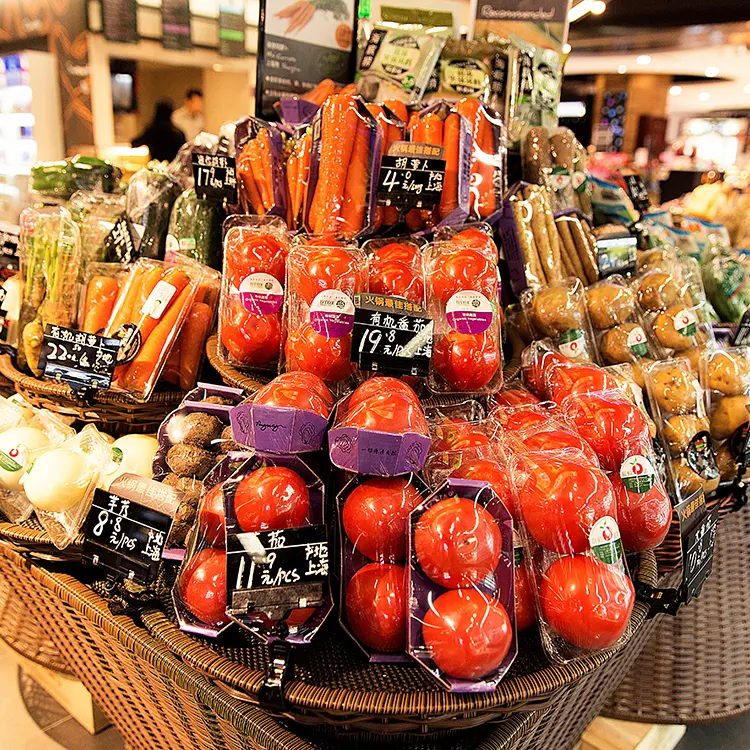The use of Cling Film, also known as plastic wrap, has become popular in our daily lives, especially for food packaging and preservation. However, there is a growing concern about the safety and environmental impact of cling film made from Polyvinyl Chloride (PVC). As a result, manufacturers have introduced non-PVC cling films as an alternative.

Non-PVC Cling Film is usually made from Polyethylene (PE) or Polyvinylidene Chloride (PVDC), which are considered safer and more environmentally friendly alternatives to PVC. Here's why non-PVC cling film may be a better choice: 1. Safety: Pvc Cling Film contains plasticizers known as phthalates, which are chemicals that have been linked to adverse health effects such as reproductive harm, hormone disruption, and cancers. Non-PVC cling film, on the other hand, does not contain phthalates and is considered safer for food contact and human health. 2. Environmental Impact: Pvc Food Wrap Film is difficult to recycle and often ends up in landfills, where it takes a long time to decompose. Moreover, when PVC is incinerated, it releases harmful dioxins and other toxic pollutants into the atmosphere. Non-PVC cling film, however, is easier to recycle and dispose of, and it has a lower environmental impact. 3. Cling Properties: Non-PVC cling films are also highly effective at wrapping and sealing food items just like their PVC counterparts. In fact, some non-PVC cling films feature advanced cling properties that help them adhere better to surfaces, ensuring that food remains fresh and protected for longer periods.

Overall, non-PVC cling film may be a better choice for those who are concerned about their health and the environment. While PVC cling film is still widely used, increasing attention is being given to the benefits of non-PVC alternatives, which are considered safer, more sustainable and offer the same level of freshness and protection as traditional cling film made from PVC.








